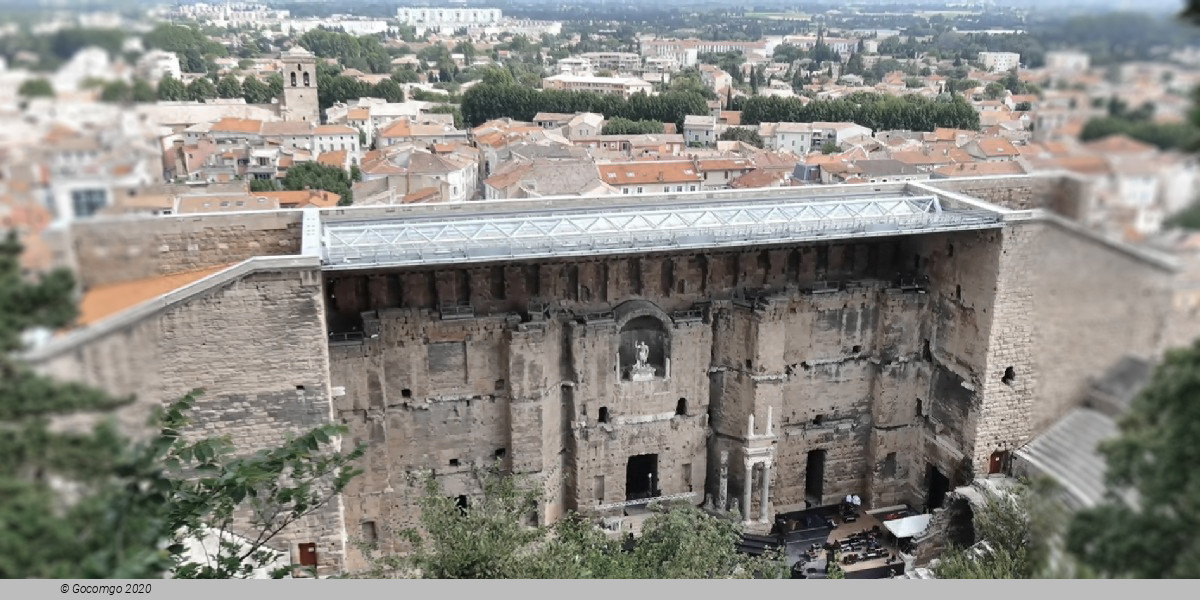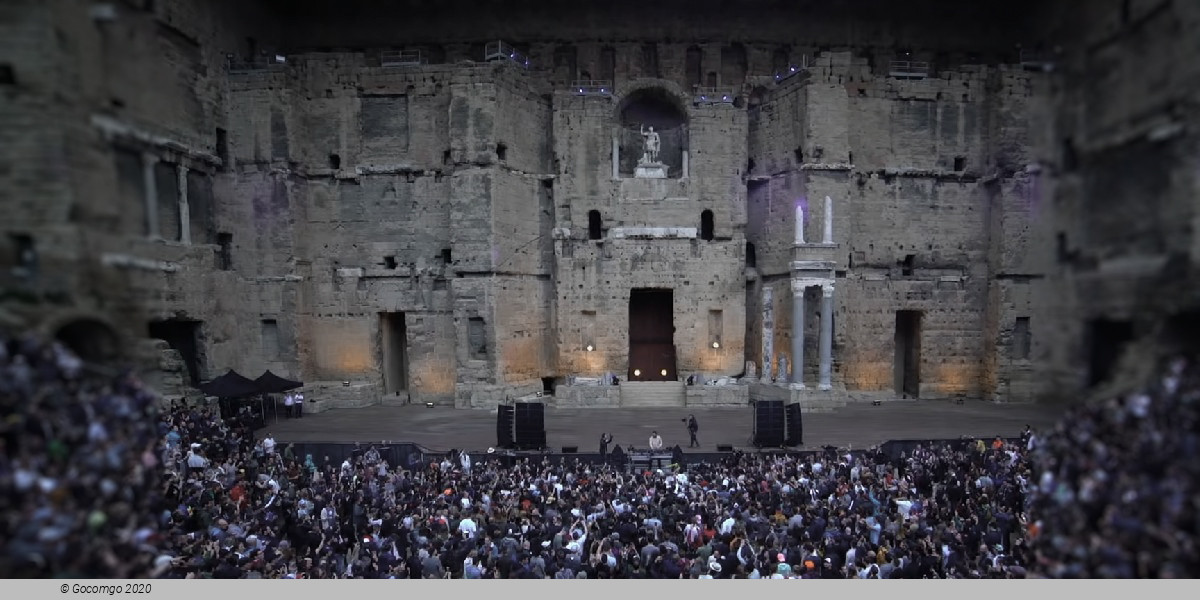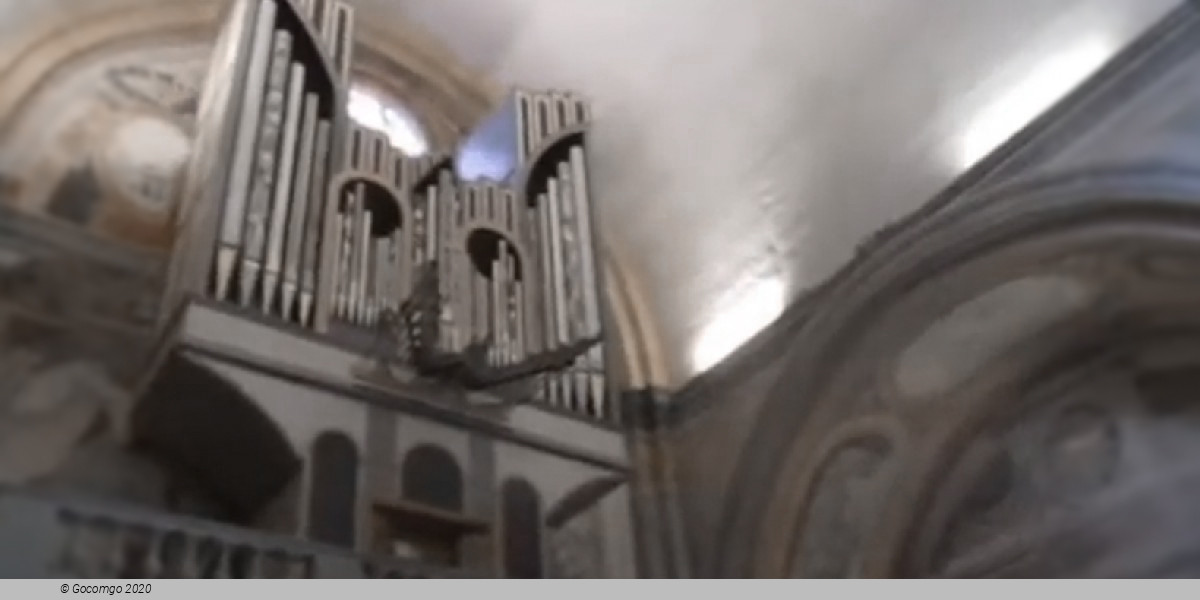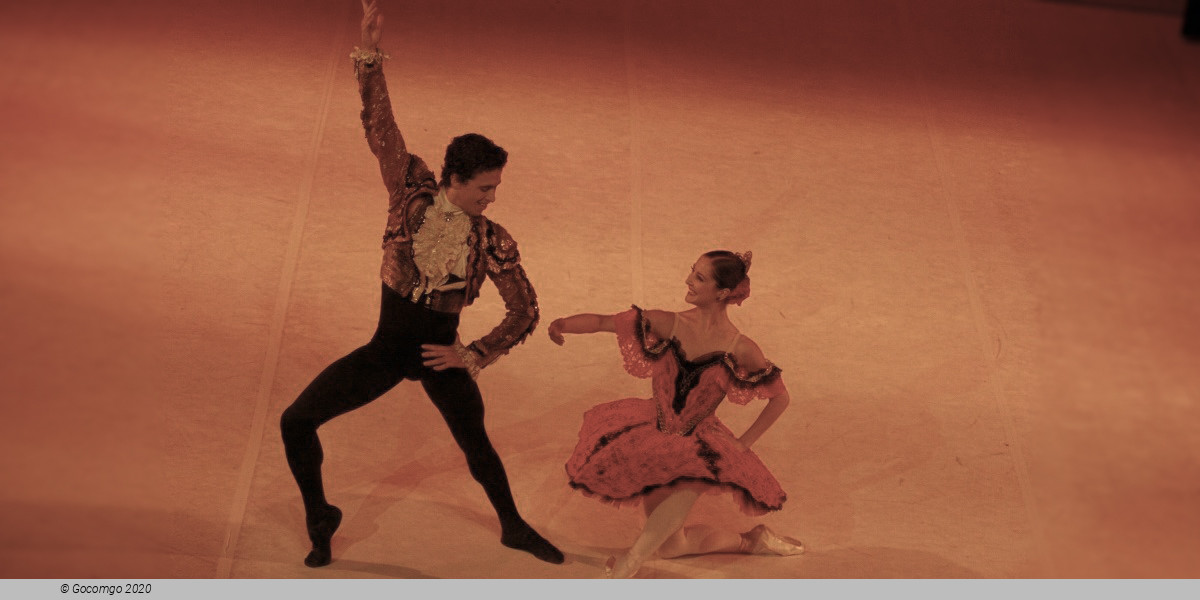Venues in Orange

Orange is a commune in the Vaucluse Department in the Provence-Alpes-Côte d'Azur region in southeastern France, about 21 km north of Avignon.
The town is renowned for its Roman architecture, and its Roman theatre, the Théâtre antique d'Orange, is described as the most impressive still existing in Europe. There is some debate about when the arch was built, but current research that accepts the inscription as evidence favours a date during the reign of emperor Augustus. The arch also contains an inscription dedicated to emperor Tiberius in AD 27, when it was reconstructed by emperor Tiberius to celebrate the victories of Germanicus over the German tribes in Rhineland. The arch, theatre, and surroundings were listed in 1981 by UNESCO as a World Heritage Site.
The Musée (Museum) displays the biggest (7.56 x 5.90 m) cadastral Roman maps ever recovered, etched on marble. They cover the area between Orange, Nîmes, and Montélimar.
In 1869, the Roman theatre was restored and has been the site of a music festival. The festival, given the name Chorégies d'Orange in 1902, has been held annually ever since, and is now famous as an international opera festival.
In 1971, the "New Chorégies" were started and became an overnight, international success. Many top international opera singers have performed in the theatre, such as Barbara Hendricks, Plácido Domingo, Montserrat Caballé, Roberto Alagna, René Pape and Inva Mula. Operas such as Tosca, Aida, Faust, and Carmen have been staged here, many with a sumptuous staging and also receiving outstanding acclaim.
The Roman theatre is one of three heritage sites at which the Roman wall remains.




